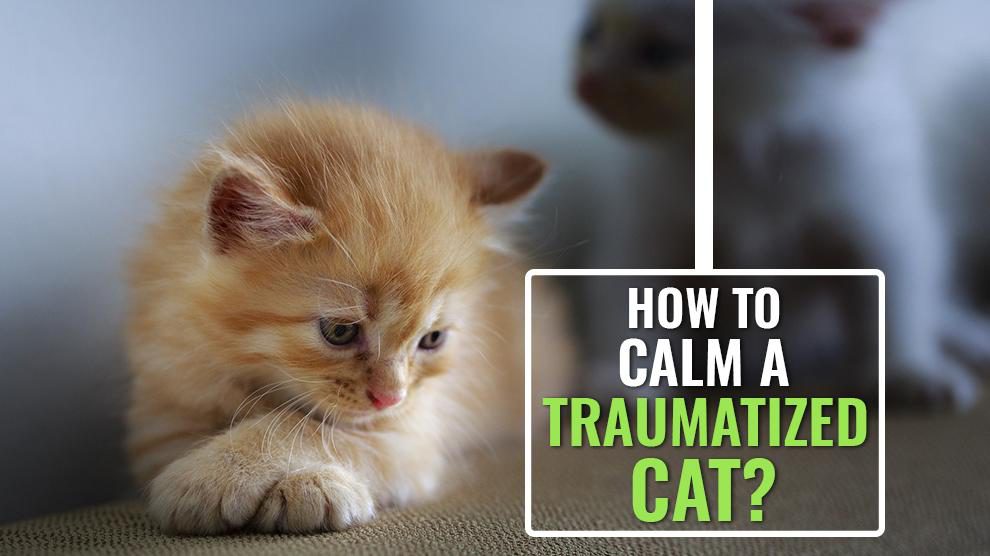Losing a pet is equally hard on both, humans as well as on their feline housemate.
Depressed cats need constant love and care. Many pet owners try to use medicine and a collar for treatment. There are other options to consider. However, the best option is to meet a vet behavioral therapist.
Once the protector cat passes away in the group, the vulnerable ones might be afraid of the new head cat. Allow your cat to stay calm and relaxed in her favorite spot. Keep her litter tray, water, and food there.
Nowadays, plug-in diffusers are available at a lot of leading stores. You could place these in your cat’s room or in the hallway. These diffusers emit a Pheromone.
Follow the instructions on the package and modify them as needed. They are not a definite cure, but it will help your cat gradually.
Simple Steps to Handle a Cat After A Traumatic Loss
- Try anti-anxiety medicine
- Prozac proves effective in the long run
- Buspar and Clomiclam are also suggested in some cases
Give the medicine at least for a month or so, and then decide about its effectiveness. Some cats need at least six months to become normal while others may require a lifetime.
Counter-conditioning is not easy. You should work hard to re-wire all her fears. This can be anything ranging from play, catnip, treats, or foods of their choice. Cats find solace in routine.
At first, play and spend quality time with your cat. Over time, reward each and every activity of your cat with praise and treat. A cat ’s confident behavior include chasing a toy, eating, and resting.
Time and again, repeatedly reward her behavior with love, care, and treats.
Continue this exercise until she really needs some confidence.











